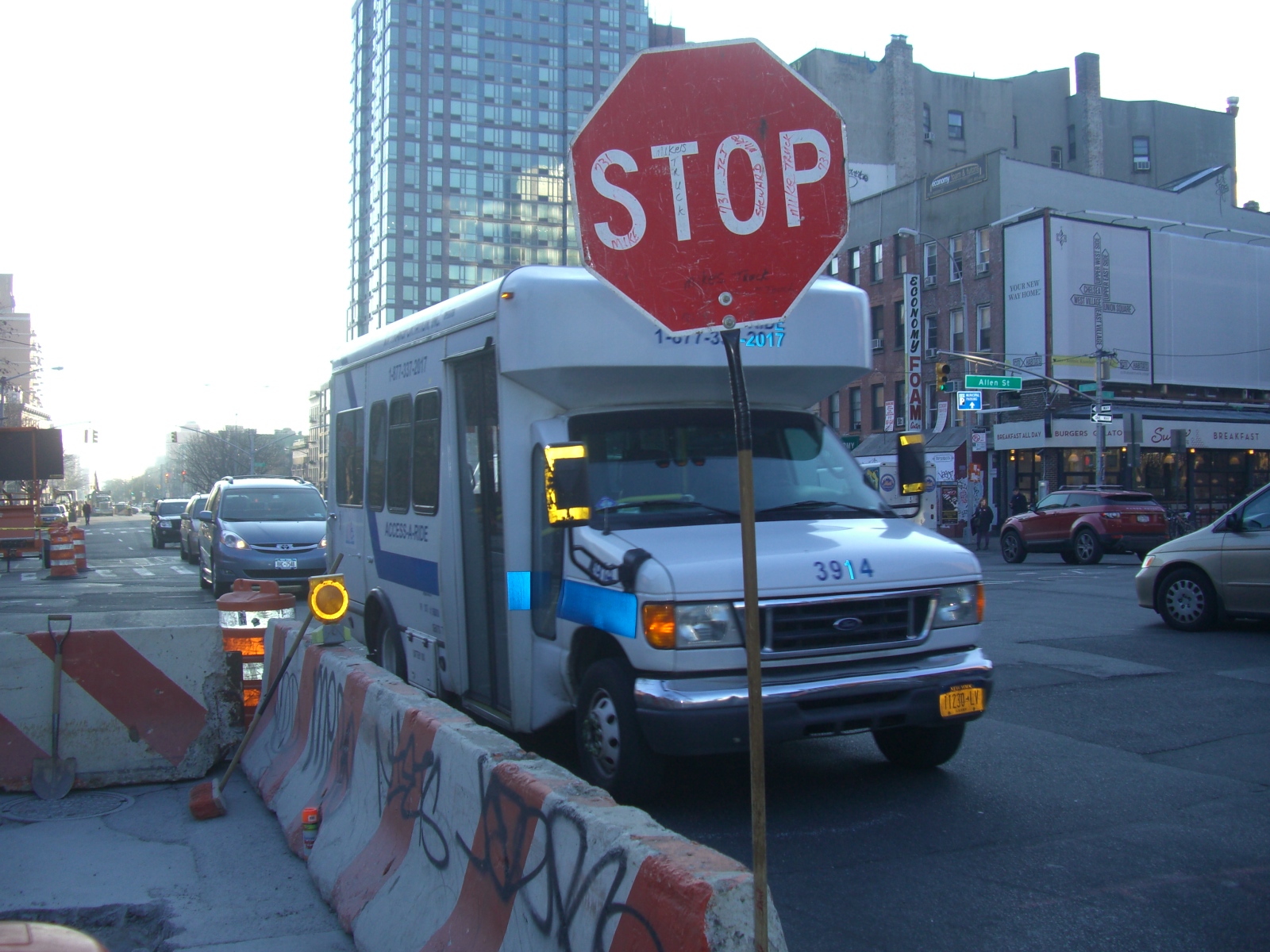…
Walking through Tompkins Square in New York City, I see red roses in the brisk air. I’ve been thinking about the present tense in English because that is what I will talk about with my students this morning, and here I am in the present looking at a blooming rose.
Although we call four tenses “present” in English, there are only two that really are: the simple present, a general truth:
I walk to class every morning.
And, if you called me on the phone and asked me what I was doing, I’d tell you in what some like to call the present progressive:
I’m admiring the roses.
Some might argue that the present perfect (I have walked to class a thousand times), and the present perfect progressive (I have been looking at roses the whole time I’ve been talking to you) are the present, but they are not the present, they are the past up to the present, they are the present with a past.
Five helping verbs help the present tense: do, does, am, are, and is.
When the teacher walks to class, the helping verb does is in the sentence, although we don’t see it because does is hiding behind the main verb, walk. Does isn’t completely hidden, however; we clearly see its letter s sticking out at the end of the base form, walk: walks:
The teacher walks to class.
And of course we always see does in the negative and the yes and no question:
The teacher doesn’t walk to class. Does the teacher walk to class?
When we say no in English in the present, does always appears:
The teacher doesn’t walk to class.
Notice that the helping verb does takes on the negative, not the main verb, walk. Walk doesn’t say no, does does.
When we ask a yes/ no question in English in the present, does always appears as the first word in the sentence:
Does the teacher walk to class?
An affirmative sentence in the simple present does show does when we want to make a point:
“I don’t believe the teacher walks to class.”
“No, honestly, the teacher does walk to class.”
Usually the teacher just walks to class with the helping verb does hiding with its s sticking out behind the main verb walk like, as the grammarians like to say, the tail of a mouse.
The teacher walks to class.
…



